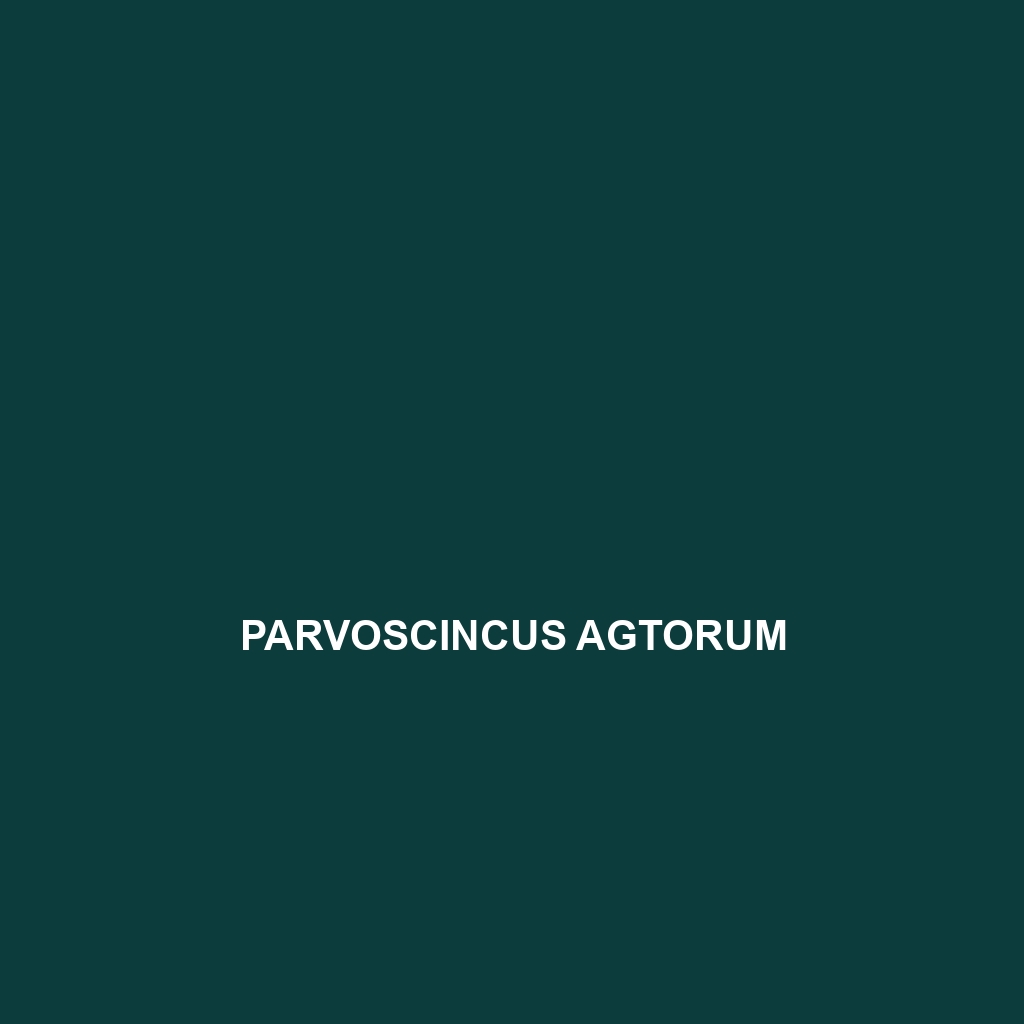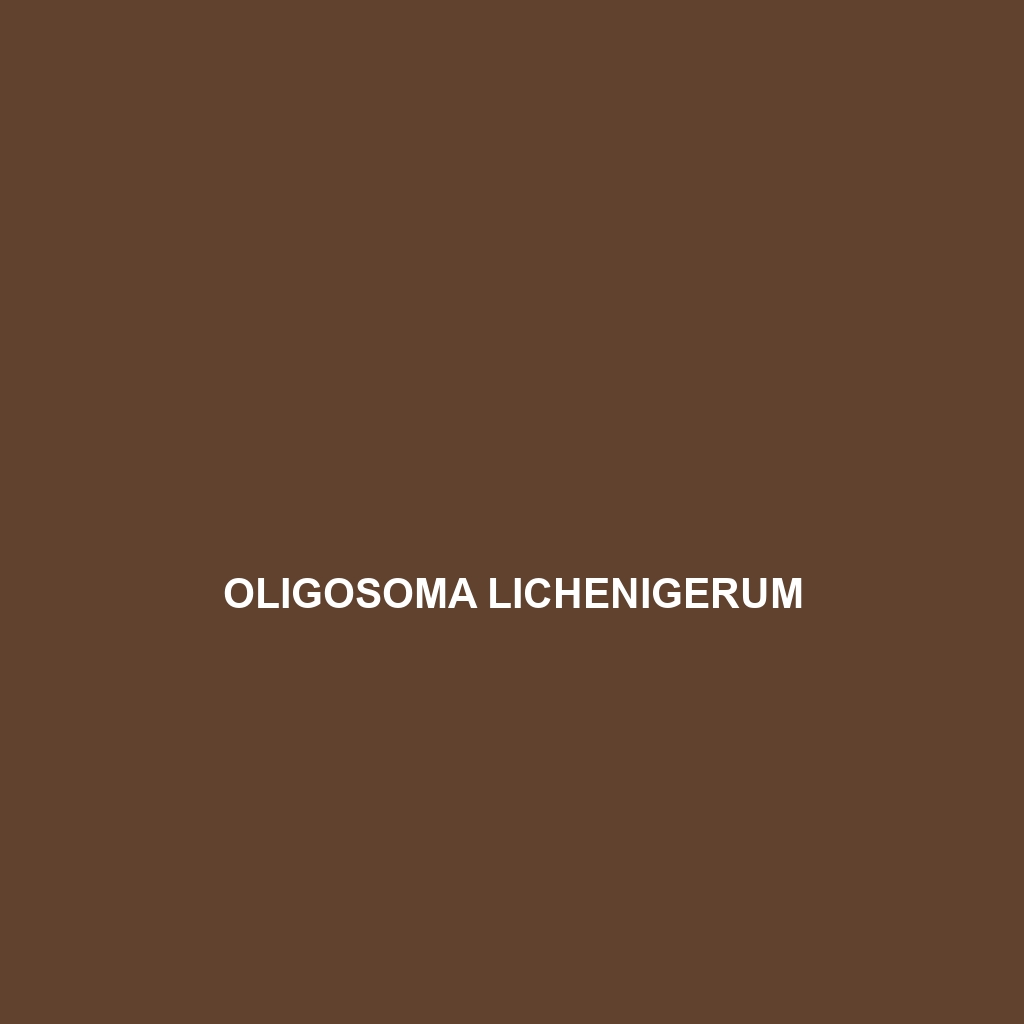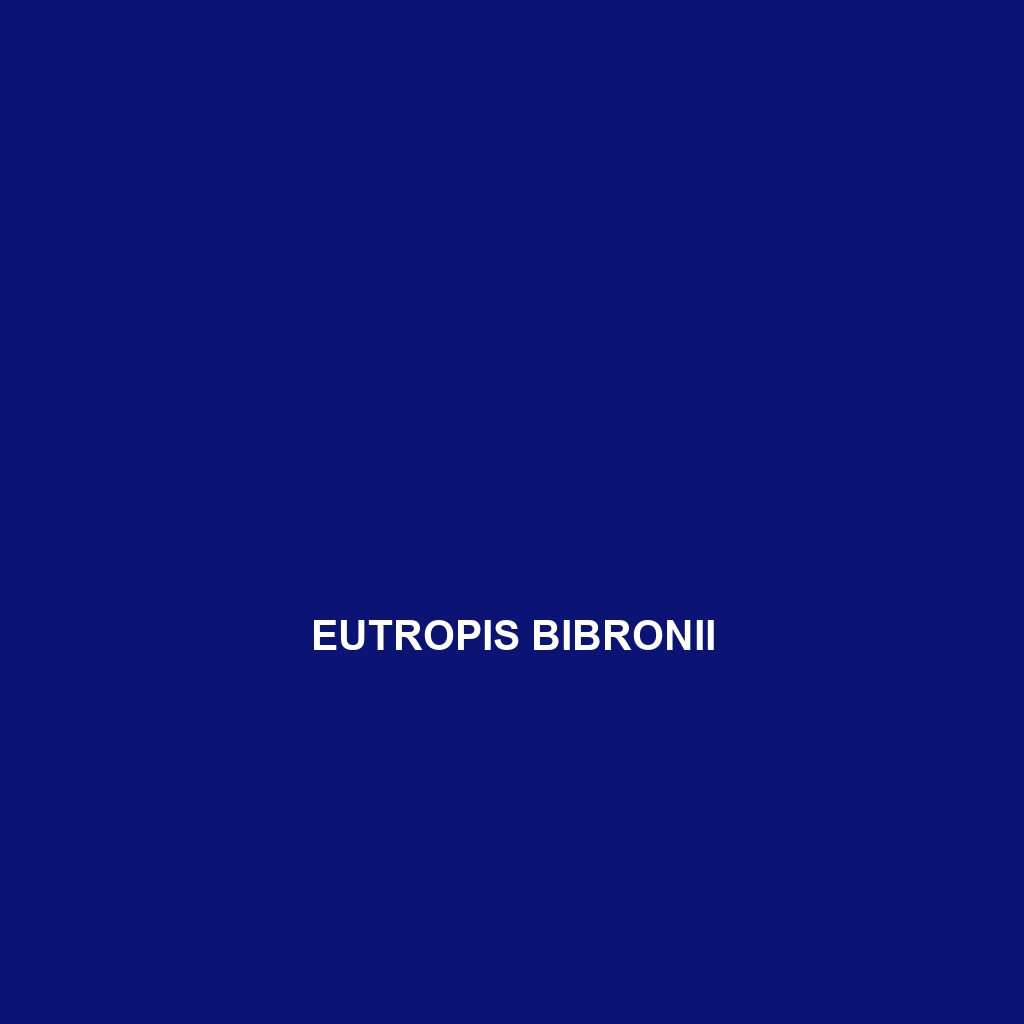<p><b>Sphenomorphus schlegeli</b>, commonly known as Schlegel's skink, is a vibrant insectivorous reptile native to the humid tropical forests of Southeast Asia. With distinctive smooth scales and an agile nature, this skink plays a vital role in its ecosystem by regulating insect populations and serving as prey for larger animals.</p> </div>
Tag: Skink adaptation
Sphenomorphus malayanus
<p><b>Sphenomorphus malayanus</b>, known as the Malaysian skink, is a modestly sized lizard measuring 6 to 8 inches with smooth, shiny scales and a vibrant mix of greens and browns. Found in tropical rainforests and savannas of Peninsular Malaysia, it plays a crucial role in controlling insect populations while showcasing fascinating behaviors and a unique ability to camouflage in its natural habitat.</p>
Pristurus rupestris
<b>Pristurus rupestris</b>, commonly known as the rock skink, is a resilient insectivorous lizard found in arid and semi-arid regions, characterized by its elongated body, smooth scales, and adaptability to various rocky habitats. This live-bearing species plays a crucial role in ecosystem balance by controlling insect populations while serving as prey for birds and mammals.
Pristurus rupestris
<b>Pristurus rupestris</b>, commonly known as the rock skink, is a resilient insectivorous lizard found in arid and semi-arid regions, characterized by its elongated body, smooth scales, and adaptability to various rocky habitats. This live-bearing species plays a crucial role in ecosystem balance by controlling insect populations while serving as prey for birds and mammals.
Parvoscincus agtorum
<p><b>Parvoscincus agtorum</b>, known as the Southeast Asian Skink, is a small to medium-sized reptile thriving in humid rainforests and temperate forests across Southeast Asia. This vibrant insectivorous skink exhibits striking coloration for effective camouflage and plays a crucial role in maintaining the ecological balance as both a predator and prey species.</p>
Oligosoma lichenigerum
The Oligosoma lichenigerum, commonly known as the mottled skink, is a diurnal reptile found in the temperate forests of New Zealand, characterized by its elongated body, smooth surface with brown to grey coloration, and ability to regenerate its tail. This insectivorous skink plays a vital role in pest control while contributing to the ecological balance of its habitat.
Nucras holubi
<b>Nucras holubi</b>, commonly known as Holub's Skink, is a slender, vibrant insectivore found in temperate forests and sandy savannas of eastern Africa. It plays a crucial role in its ecosystem by controlling insect populations and serves as both predator and prey, showcasing remarkable adaptations like burrowing for shelter and camouflage.
Lerista baynesi
<b>Lerista baynesi</b>, a medium-sized skink native to southeastern Australia, thrives in moist grasslands and savannas, exhibiting nocturnal behavior and a diet primarily of small insects. With its elongated body and effective camouflage, this species plays a vital role in controlling insect populations and maintaining ecological balance.
Leiolopisma telfairii
Discover the Leiolopisma telfairii (Telfair's Skink), a small insectivorous reptile native to Mauritius, thriving in tropical climates and various habitats. This agile skink, measuring 10 to 15 cm, features smooth, shiny scales and plays a vital role in maintaining ecological balance by regulating insect populations.
Eutropis beddomei
Discover the fascinating Beddome's Skink (Eutropis beddomei), a small, insectivorous reptile thriving in the humid tropical regions of South India, particularly in the Western Ghats. Known for its distinctive olive-brown coloration, remarkable tail regeneration, and role in ecosystem balance, this Vulnerable species is essential for maintaining biodiversity in its habitat.









